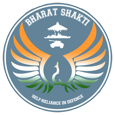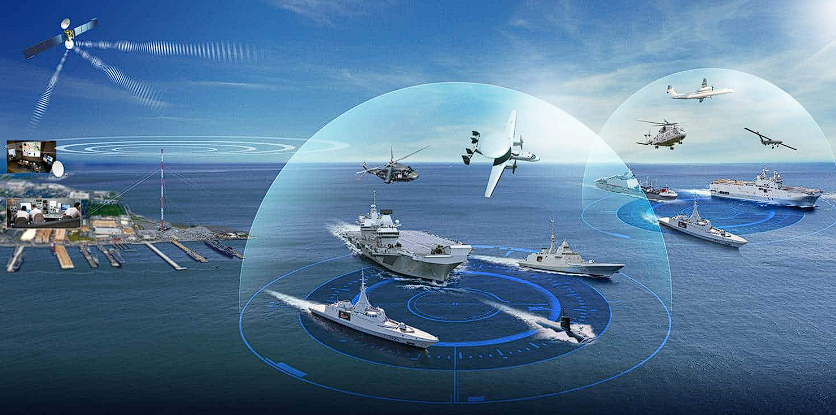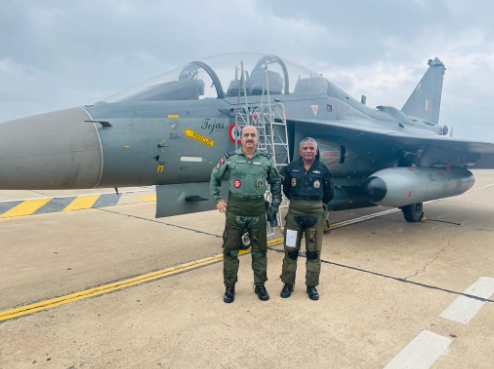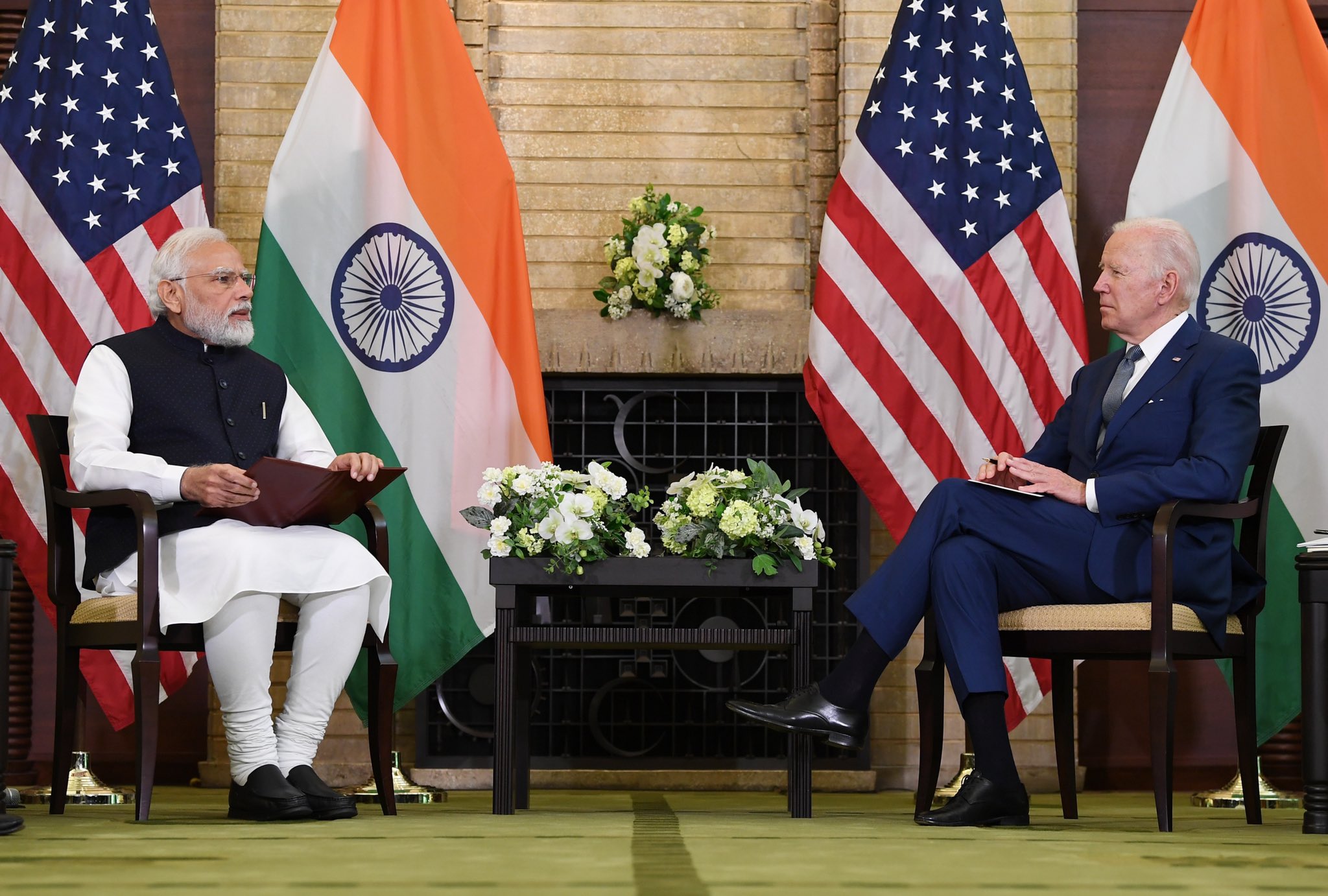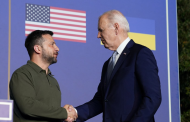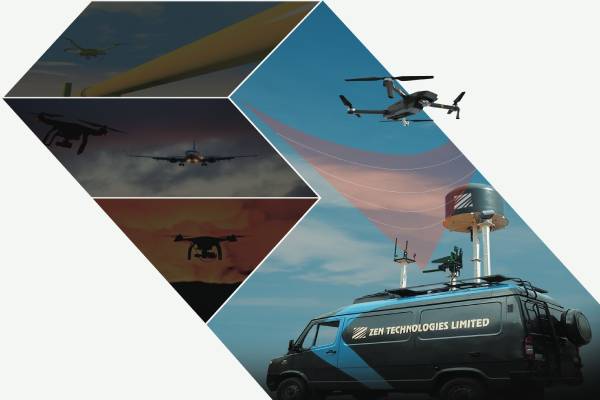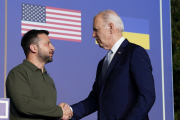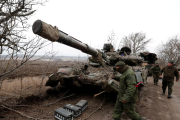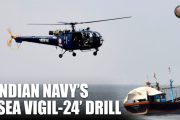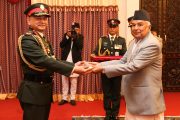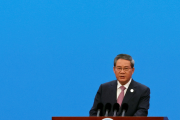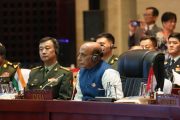If one were to turn to any 9 PM news about geopolitics, three major events keep coming up repeatedly: the Russia-Ukraine war, the China-Taiwan confrontation and, closer to home, the India-China standoff. Much has been written globally about the first two events; however, the global press has not covered the India-China issue so extensively.
In India, too, the media focus has shifted to inducting new systems like drones, and missiles, glaring gaps (in public perception) like depleting squadron strength of IAF or lack of submarines for the Navy or the Field Artillery Guns (ATAGS) for the Army. Another fundamental gap that needs to be plugged away from the glare – something the Army has been seeking for over two decades: achieve full Network Centric Warfare capabilities with an Integrated Battlefield Management System (BMS) for the land forces.
It would be prudent to amplify the context first. Just after the brutal Galwan incident of 2020, Indian news journalist Rahul Kanwal tweeted, “I discovered during the India-China border face-off that Commanding Officers (COs) of Indian Army do not have ready access to latest satellite images of what the People’s Liberation Army is up to across the Line of Actual Control (LAC). Army HQs should figure out a way of changing this. All COs should get regular updates of their patch.”
Army HQs at New Delhi have had the capability for some time now to see the big picture, through satellite imagery, about developments across the LAC, like new tents being pitched, gun positions, or troop mobilisation. However, the Indian Army lacks a real-time system to share this information with troops stationed on the LAC or Line of Control (LoC). These satellite images are at best available to various higher headquarters located kilometres behind the front lines.
Lessons from History and Current Events
The 1991 Gulf War stands as a testament to the first use in the field of the concepts of Network Centric Warfare on the modern battlefield. During this conflict, the United States-led coalition faced the battle-hardened Iraqi forces, renowned for their combat experience. However, the effective utilisation of the concepts of Network Centric Warfare proved to be the decisive factor. The introduction of real-time information, data dissemination, and enhanced situational awareness provided commanders with a comprehensive understanding of the battlefield and enabled them to make informed decisions.
The coalition forces achieved an overwhelming advantage by integrating military mapping, GPS-based tracking, and intelligence updates from UAVs and satellites. This victory highlighted the power of Information as a tactical force multiplier in facilitating coordinated military operations and showcased the criticality of situational awareness in modern warfare. The lessons learned from the Gulf War continue to shape the evolution of next-gen systems and emphasize their significance in providing the edge needed for success on the battlefield.
Turning to wars currently in progress, The Russia-Ukraine conflict has witnessed significant losses of tanks on the Russian side, highlighting both the vulnerabilities of armoured forces and the effectiveness of Ukrainian resistance. Within this context, two anti-tank guided missiles (ATGMs) have gained a certain mythical status – the renowned “Saint Javelin” and the revered “Saint NLAW (Next Generation Light Anti-tank Weapon).” While several obituary pieces have already been written, writing off the Tank, an equal number of rebuttals have also been published. The causes for these losses by Russia are much more profound, and therein lies lessons for India, a country that draws so heavily on some of the same equipment.
The conflict has exposed the limitations of outdated Russian tank designs. Many of the tanks deployed by Russia, such as the T-72, T-80 and T90, were developed during the Cold War era and lacked modern defensive capabilities like advanced reactive armour, active protection systems, and other technologies that can effectively counter the evolving threat of anti-tank missiles and cutting-edge weaponry. As a result, they have become increasingly vulnerable targets on the battlefield.
More importantly, the conflict has exposed issues of command, control, and coordination between different branches of the Russian military. Communication breakdowns, inadequate intelligence gathering, and insufficient integration of combined arms tactics have hampered the effectiveness of Russian tank units. These factors have made it more difficult for them to respond swiftly and effectively to changing battlefield conditions, ultimately contributing to their losses.
All these bring forth a very important point of usage of information sharing in the modern battlefield and the importance of Network Centricity to counter emerging threats and maintain a competitive edge on the battlefield.
Role of Reconnaissance Units
Historically, R&S (Recce & Support) troops have been deployed to gather intelligence on enemy positions, movements, and intentions. In World War II, for example, specialised reconnaissance units such as the Long-Range Desert Group and the British SAS played a vital role in providing valuable information to commanders. Their reports and observations helped commanders assess the enemy’s strength, identify vulnerable areas, and plan their operations accordingly.
The role of reconnaissance and surveillance troops, particularly when integrated with mechanised units, has played a crucial role in enhancing situational awareness for commanders on the battlefield. In the past, as also in the current scenario, these specialised troops have been instrumental in providing critical information, intelligence, and early warning to commanders, enabling them to make informed decisions and effectively respond to emerging threats.
In modern warfare, the role of R&S troops has evolved to adapt to the complexities of the battlefield. With digitization, various assets, including unmanned aerial vehicles (UAVs), ground sensors, surveillance equipment, and specialized vehicles, to observe and report on enemy activities in the battlefield have been used.
State of India’s Adversaries
Over the past two decades, both China and Pakistan have undergone significant transformations in their military capabilities, particularly in the realm of network-centric warfare and the adoption of Battlefield Management Systems (BMS). China, inspired by the United States, has embarked on a comprehensive modernisation drive, incorporating advanced command and control structures, battle groups, heavy mechanisation, and extensive automation. The Chinese People’s Liberation Army (PLA) has developed its own BMS, leveraging new information and communication technologies to enhance situational awareness and decision-making.
On the other hand, while receiving equipment like attack helicopters and main battle tanks from the US, Pakistan has also been developing its own BMS. While the extent and capabilities of their respective BMS may vary, both nations recognise the advantages of network-centric warfare. They are actively working towards bolstering their command and control systems to improve operational effectiveness and maintain a competitive edge in modern warfare.
China has its BMS, “Qu Dian”, that the PLA uses, and Pakistan is in the process of evolving its own BMS, “Rehbar”. Both these countries continuously challenge India militarily and will persist in the future. Therefore, India has no choice but to use a BMS to counter the enemy’s advantage.
Where Does India Stand
Despite rapid advancements, notable gaps exist in the Indian Army’s capabilities. One of the key areas of concern is the lack of a fully integrated Battlefield Management System (BMS) that can provide real-time situational awareness and seamless command and control at the unit level. While the Army has made strides in acquiring standalone devices and equipment such as drones, the absence of a comprehensive BMS hampers the optimised sharing of critical information and coordination on the battlefield.
Real-time information is critical to fighting and winning a battle on the modern battlefield. BMS disseminates tactical information to commanders and fighting troops and provides them with software-enabled functionality to assist them in carrying out their mission. Key features of a BMS are:
- Military mapping (Geographic Information Systems).
- Blue force tracking by identifying every soldier’s location through GPS.
- Situational awareness of the latest operational situation.
- Mission planning and dissemination of plans.
- Real time intelligence updates from UAVs, satellites.
- Navigation.
- Messaging (email).
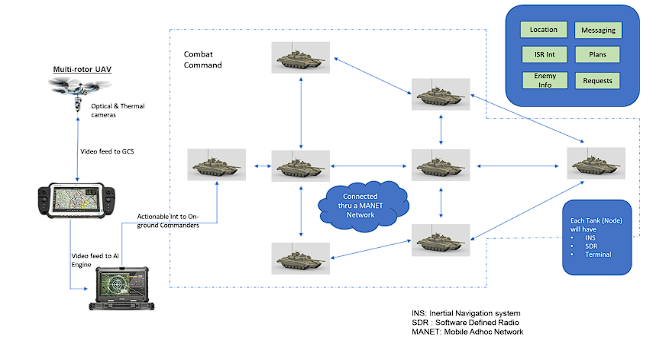
Progress Over the Years
The Indian BMS program was initiated in 2000. It was designed to provide command, control, communications and intelligence, or Tactical C3I, to make the army network centric capable.
The first attempt at creating a Situational Awareness Solution for the Indian Army was in 2005 by a serving officer – called Project ‘SATHI’ (Situational Awareness and Tactical Handheld Information). Before the touch-screen/smartphone/GPS era, it was built on top of the legendary ‘Simputer’ from IISc. President Kalam even recognised the officer. However, despite successful trials, the efforts died a slow, painful death.
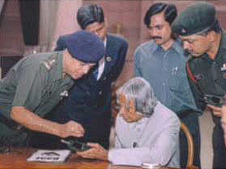
The BMS program was initiated in 2000 and was supposed to integrate certain elements of the combat arms with the Tac C3I network of the Army and eventually make the Army capable of Network Centric Operations (NCO). Unfortunately, the proposed Battlefield Management System (BMS), which was aimed to address this problem, was scrapped in 2017 and deemed “too expensive” at a projected cost of Rs 50,000 crores.
Recently, a far leaner and more stripped down/bare minimum version was set as one of the challenges to Startups through the DIO’s IDEX program. The author of this article and several other Indian startups are involved in creating a homegrown Nex-Gen BMS system closer to the 3rd Generation systems being fielded by Western Countries (Titan of Raytheon US is an example that powers the M1 Abrams MBT).
This third iteration is hoped to catapult the Indian Army to ‘Digital Warfare’ mode for the fighting man on the ground.
Anuroop Iyenger, Founder, Director of Cogknit Semantics

